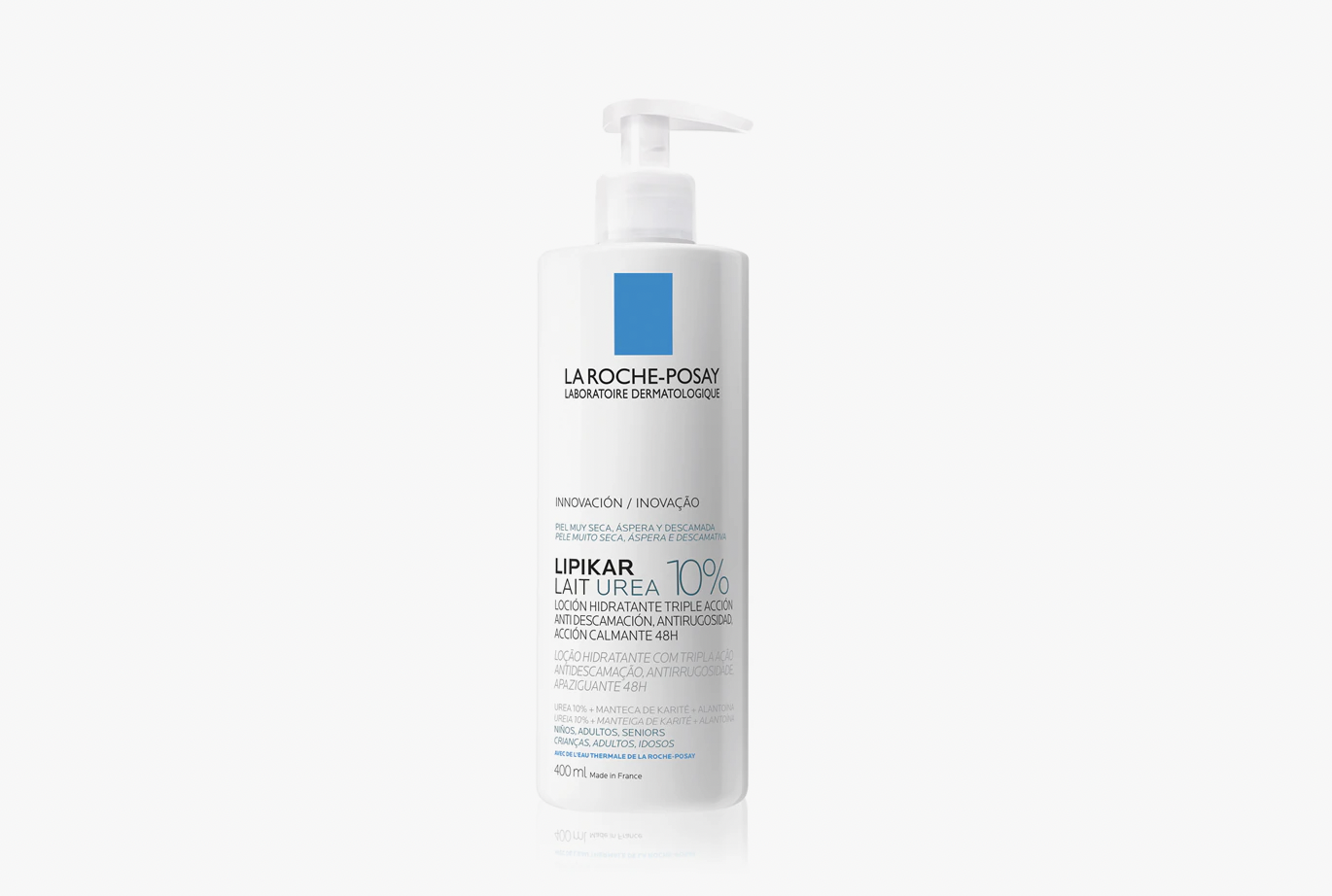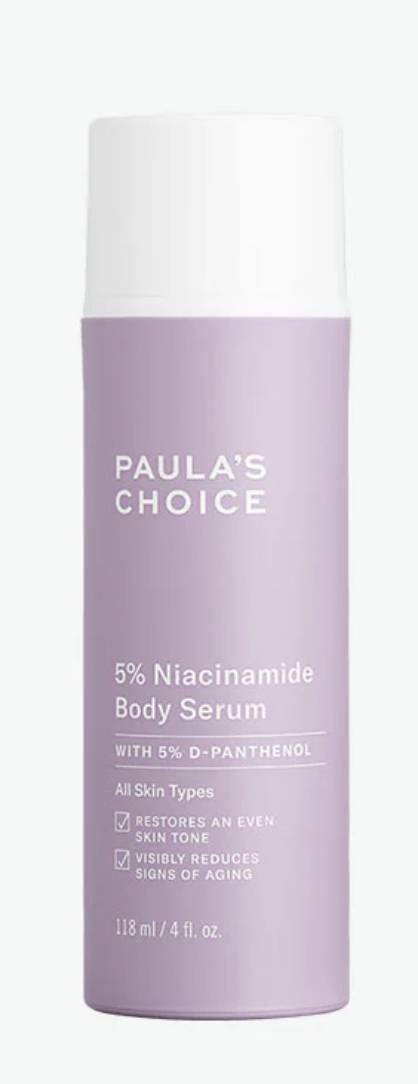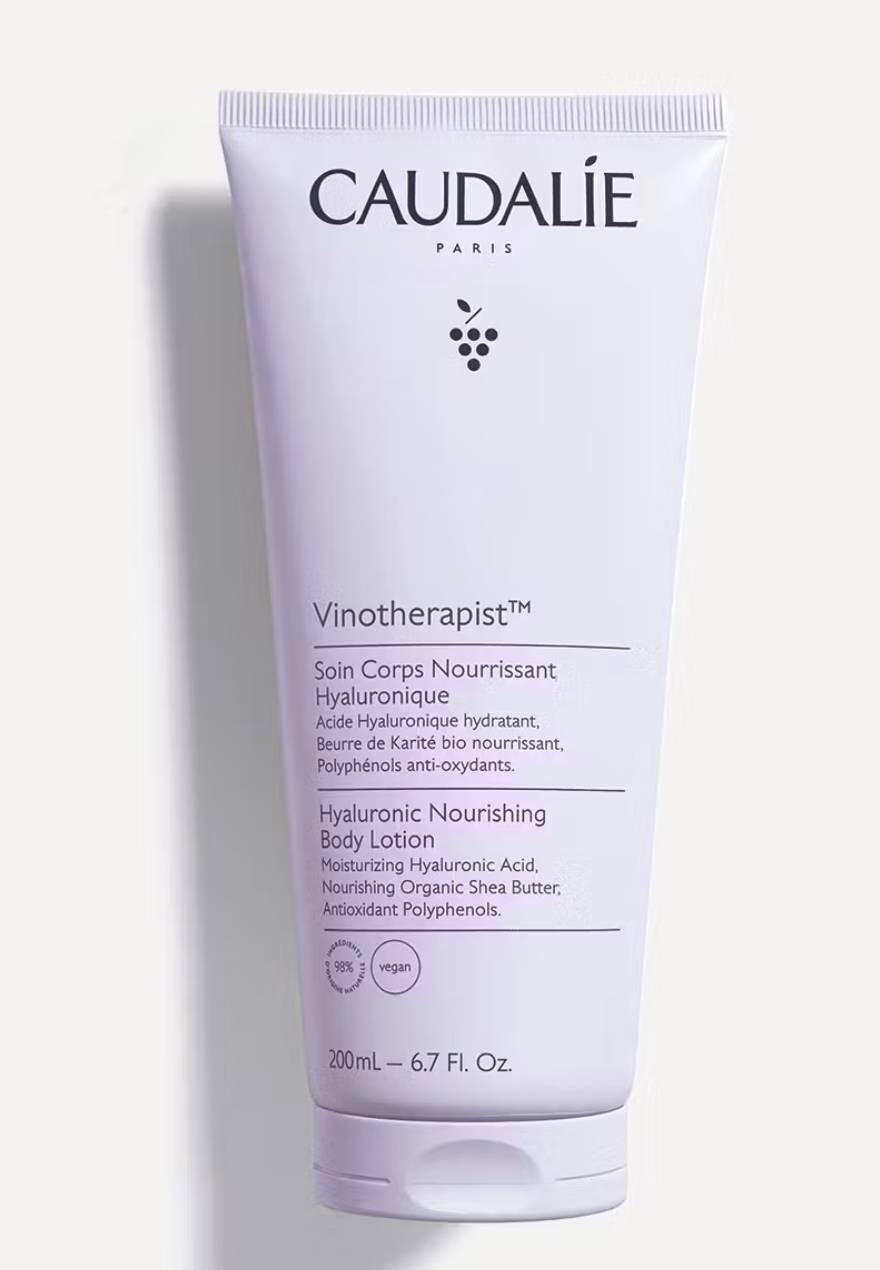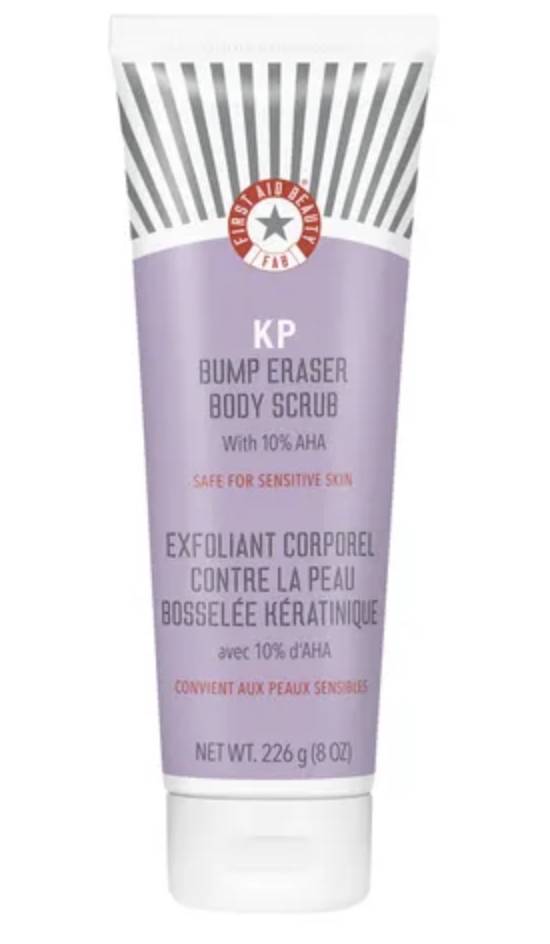Smart ingredients to heal cracked, dry skin

Most of us know the feeling: Skin that starts out dry quickly becomes tight, flaky, and, eventually, rough to the touch. At its worst, dryness can turn into painful cracks that creams alone can’t seem to fix. But what’s happening beneath the surface is more complex than simple dehydration. When the skin barrier is compromised, it loses the ability to hold onto moisture and protect itself against irritants, leading to a cycle of discomfort that no ordinary lotion can break.
Healing cracked, dry skin isn’t about adding more lotion—it’s about understanding the science of the barrier and giving it the targeted support it needs. The right ingredients not only restore suppleness but also bring resilience, comfort, and the confidence that comes with feeling truly cared for.
This is where ingredient-led body care comes in. Rather than focusing on hydration alone, modern formulations are designed to restore, strengthen, and protect the skin barrier. The result is not just temporarily soft skin but long-term renewal.
Here are the powerhouse ingredients beauty scientists and dermatologists point to for dry, cracked skin.
Ceramides: The barrier architects
Ceramides are lipids that make up nearly 50 percent of the skin’s composition—and they are essential for keeping the barrier intact. Imagine them as the mortar between bricks, holding skin cells together to prevent water loss and keep irritants out. As we age, or when skin is exposed to cold weather, harsh soaps, or over-exfoliation, ceramide levels naturally decline.
The result? A weakened barrier that struggles to hold onto moisture.
Topical ceramides replenish these natural lipids, helping to repair damage and restore balance. Products enriched with ceramides provide lasting relief for dryness, and they’re particularly beneficial for sensitive or eczema-prone skin.
Urea: The multitasking healer
Long overlooked in mainstream beauty, urea deserves a moment in the spotlight. This ingredient is a humectant (moisture-retaining) and exfoliant in one, making it a versatile solution for both immediate and long-term repair. At low concentrations (two to 10 percent), urea draws moisture into the skin, leaving it supple and plump. At higher strengths (20 percent and above), it gently breaks down thickened, callused skin, making it perfect for cracked heels, elbows, and other stubborn areas.
Unlike abrasive scrubs, urea softens skin without microtears, ensuring a smoother, healthier texture over time. It’s the ingredient to look for when dryness has escalated into roughness that needs more than hydration.

Niacinamide: The soothing strengthener
Niacinamide, also known as vitamin B3, has become a staple in facial serums. But it’s just as effective in body formulations. Known for its ability to improve barrier function, niacinamide works by increasing the production of ceramides and fatty acids in the skin. This makes it easier for the skin to retain moisture while also calming redness and irritation often associated with cracks or flares.
Another benefit of niacinamide is brightening uneven tone, which can appear on areas where skin has been repeatedly dry and inflamed. Think of it as an all-around ingredient that heals, soothes, and refines.

Hyaluronic acid: The moisture magnet
Few ingredients are as iconic as hyaluronic acid, and for good reason, too. This humectant can hold up to 1,000 times its weight in water, delivering an instant surge of hydration to thirsty skin. The catch, though, is that hyaluronic acid works best when paired with occlusive (something that creates a barrier) ingredients like shea butter, squalane, or petrolatum that seal in hydration and prevent it from evaporating.
Layering hyaluronic acid under a richer cream or balm creates the perfect pairing: immediate plumpness plus long-term moisture retention. For dry, cracked skin, this two-step approach is essential.

Lactic acid: Gentle renewal
Part of the alpha hydroxy acid (AHA) family, lactic acid offers a gentle form of chemical exfoliation that is well-suited to dry, sensitive skin. It dissolves the bonds between dead skin cells, helping to shed rough, flaky layers without the need for physical scrubbing. But its benefits don’t stop there. Lactic acid also stimulates ceramide production, strengthening the skin barrier over time.
This makes it particularly effective for areas like cracked heels or keratosis pilaris, where skin texture is compromised. Think of it as a repair-and-renew ingredient rolled into one.
Botanical oils: Nature’s finishing touch
While hydration and barrier repair are non-negotiable, botanical oils add a final layer of nourishment and luxury. Jojoba oil mimics the skin’s natural sebum, ensuring easy absorption. Argan oil delivers vitamin E for antioxidant defense, while rosehip oil offers omega fatty acids that support regeneration.
When layered over actives like hyaluronic acid or niacinamide, these oils seal in benefits while delivering a smooth, supple finish. Beyond function, they also bring sensorial pleasure, turning the act of moisturizing into a ritual of self-care.

















